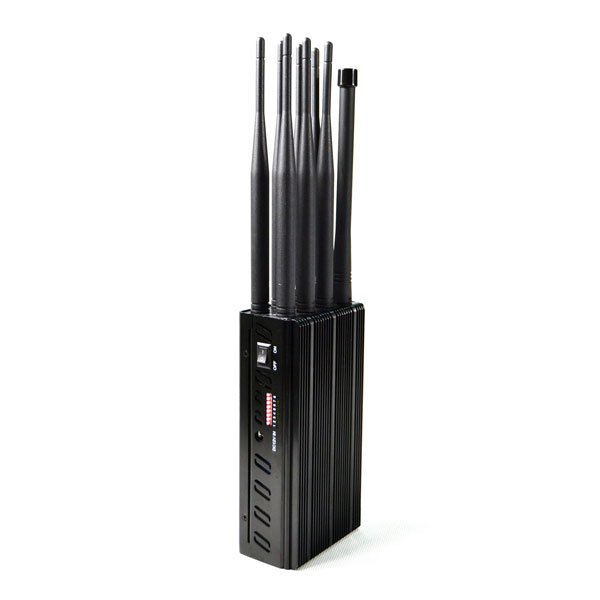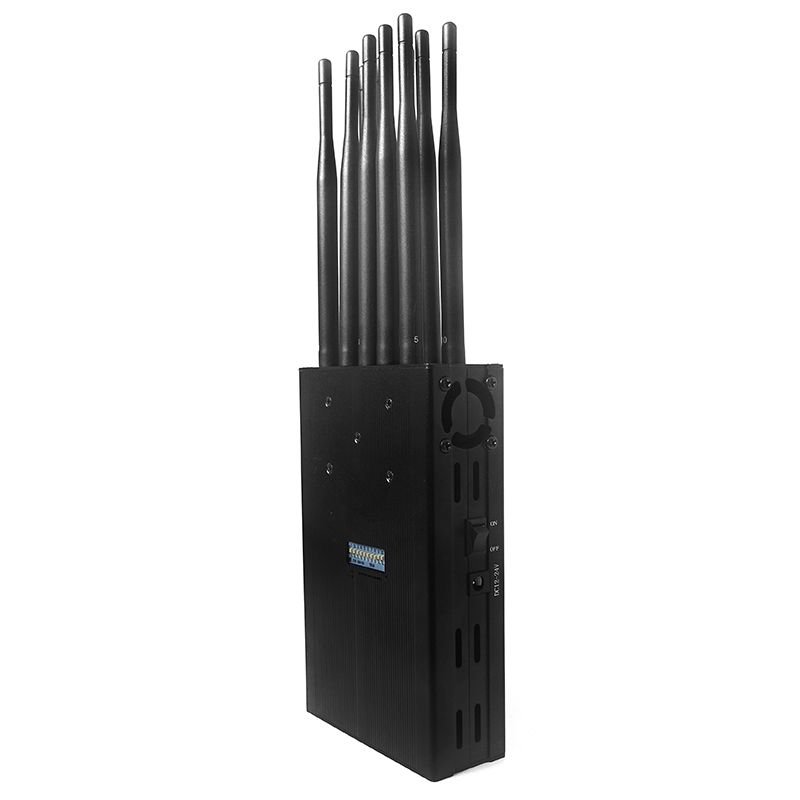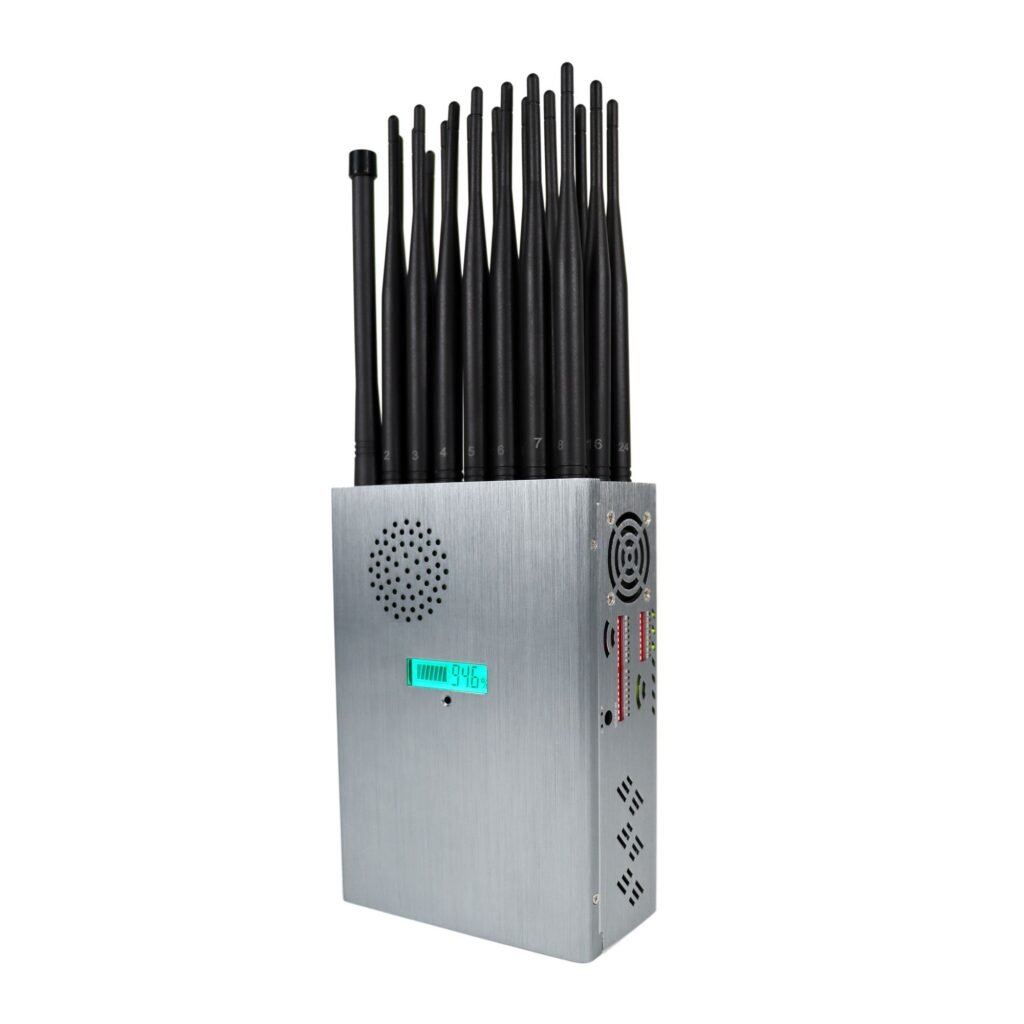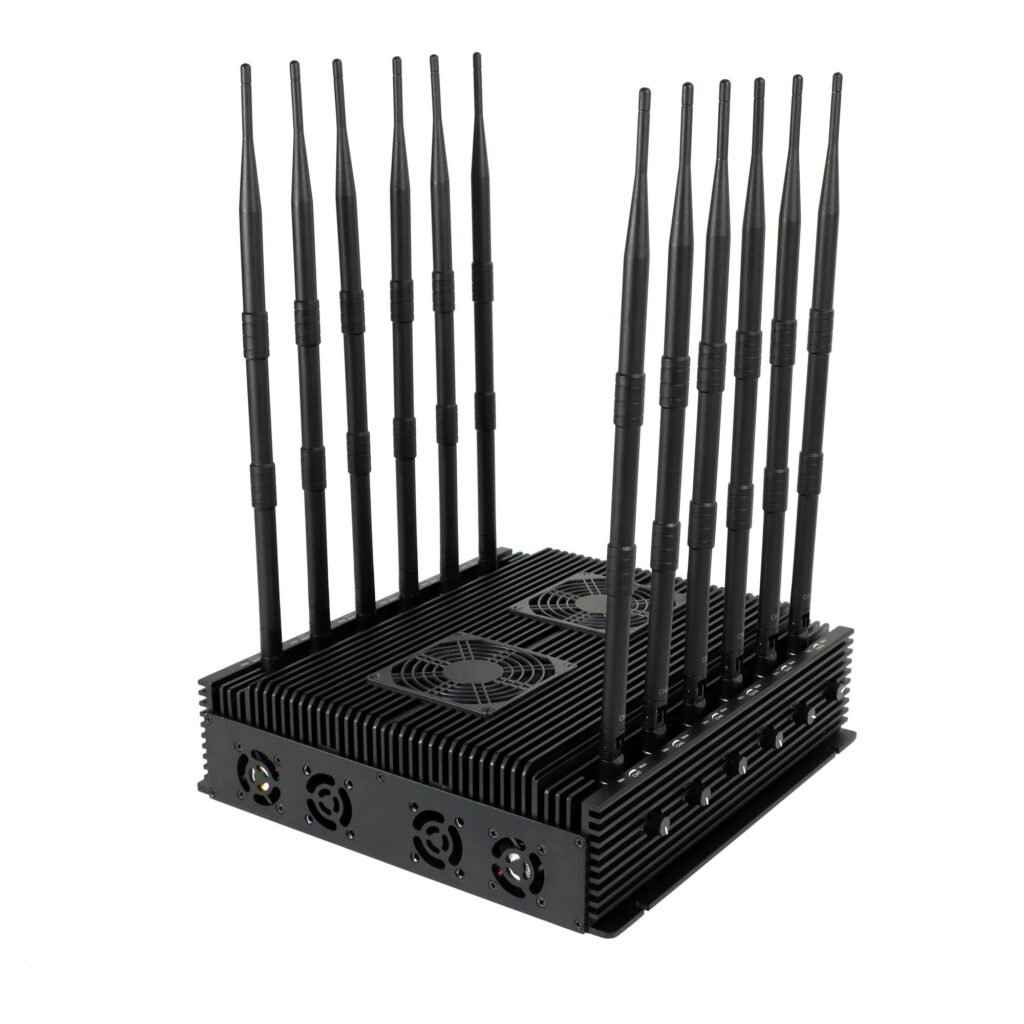In previous articles I have mentioned the WLAN signals 2.4 GHz and 5 GHz more than once. I have also written an article on WLAN signals: "How to secure your WLAN home network" If you are interested, you can take a look. Many of our customers still cannot distinguish between WLAN signals at 2.4 GHz and 5 GHz. Let me analyze these two signals in more detail.
Nowadays, wireless networks have become an integral part of everyday life. From work to study to entertainment, Wi-Fi brings convenience to our digital lives. However, when it comes to Wi-Fi networks, you may come across a common question: should I choose 2.4 GHz Wi-Fi or 5 GHz Wi-Fi? These two frequency bands have their own advantages and disadvantages. Choosing the right frequency band can significantly improve your network experience. I will explain the differences and application recommendations in detail.
What are 2.4 GHz and 5 GHz?
2.4 GHz and 5 GHz refer to the frequency bands that Wi-Fi routers use to transmit Wi-Fi signals. In simple terms, these frequency bands transmit data via radio waves and the numbers represent the size of the frequency. Higher frequencies (e.g. 5 GHz) generally offer higher speeds but shorter signal range; lower frequencies (e.g. 2.4 GHz) offer greater range but lower speeds.
As far as we know, there are now many dual-band routers that can transmit in both the 2.4 GHz and 5 GHz frequency bands simultaneously. This gives users the flexibility to select the appropriate frequency band according to their requirements.
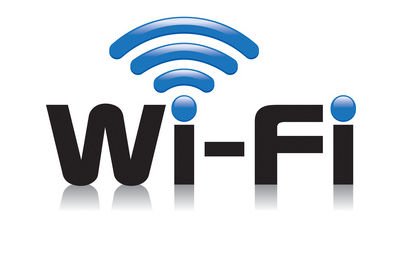
Advantages and disadvantages of 2.4 GHz WLAN
Advantages of 2.4 GHz WLAN
Greater coverage:
Is the Wi-Fi you use at home a 2.4 GHz signal? The 2.4 GHz signal has a longer wavelength and can therefore cover a larger area. It is particularly suitable for larger houses or multi-storey buildings.
Better wall penetration capability:
The wavelength of low-frequency signals can penetrate walls and other obstacles better and is suitable for environments with many physical obstacles. Take our home for example! Since there are many obstacles in the house, we still use 2.4 GHz WiFi signals at home. Do you know what obstacles I mean at home? I mean things like closets and fridges that interfere with signal transmission. Therefore, it's best to use 2.4 GHz WiFi signals to connect to the network in a house with lots of furniture!
Compatible with more devices:
More devices are using the 2.4 GHz band! The 2.4 GHz band is an older Wi-Fi band that is supported by almost all wireless devices, including older smartphones, tablets and smart home devices.
Disadvantages of 2.4 GHz WLAN
Lower speed:
2.4 GHz generally has lower maximum speeds than 5 GHz. Under ideal conditions, 2.4 GHz WLAN reaches a maximum speed of around 600 Mbps, but in practice the speed is usually around 150 Mbps.
Susceptible to faults:
As the 2.4 GHz band is widely used, many household appliances (e.g. microwave ovens, baby monitors and Bluetooth devices) also use this band, which can easily lead to signal interference.
Fewer channels:
The 2.4 GHz band has only 14 channels, some of which are not available in certain countries. Therefore, we find that signal congestion is more common in the 2.4 GHz band, especially in dense environments such as apartment buildings.
Now that I have analyzed the advantages and disadvantages of 2.4 GHz WLAN, I would like to talk about our best-selling 2.4 GHz WLANs.WLAN jammer speak: SDPW6PRO and SDP08HD. You can click on the product detail page to see the specific product analysis I have written.

Advantages and disadvantages of 5 GHz WLAN
Advantages of 5 GHz WLAN
Faster speed:
Do you play games at home? Have you ever tried playing mobile games over a 5 GHz WLAN connection? 5 GHz Wi-Fi offers a higher data transfer speed! It typically reaches a maximum speed of 1300 Mbps and is therefore suitable for tasks that require high bandwidth, such as HD video streaming, online gaming and video conferencing.
Fewer distractions:
Unlike 2.4 GHz, the 5 GHz band is less susceptible to interference from other devices. In addition, 5 GHz has more channels (up to 42), which reduces the problem of signal congestion. For this reason, many offices use WLAN 5 GHz!
Support for new technologies:
The 5 GHz band supports newer Wi-Fi standards such as Wi-Fi 5 and Wi-Fi 6, making it more efficient and better suited for modern devices.
Disadvantages of 5 GHz WLAN
Smaller coverage area:
As 5 GHz signals have a shorter wavelength, their range is shorter than 2.4 GHz. They are therefore suitable for smaller homes or devices that are closer to your router.
Poor wall penetration capability:
High-frequency signals are more attenuated when they hit obstacles, so 5 GHz signals may be weaker in environments with thick walls or many obstacles.
Problems with device compatibility:
Some older devices may not support the 5 GHz band, especially older smart home devices.
Just like the 2.4 GHz WLAN jammers presented above, I will also talk about our WLAN 5 GHz jammers. I recommend: SDP10DT, SDP24HD and SDP16KV.
Comparison of 2.4 GHz and 5 GHz
| Comparison of 2.4 GHz and 5 GHz | ||
| Feature | 2.4 GHz WLAN | 5 GHz WLAN |
| Speed | Low, around 150 Mbit/s (with actual use) | Higher, up to 1300 Mbit/s (with actual use) |
| Cover | Larger, for large rooms and devices with a long range | Smaller, suitable for small areas or devices near the router |
| Ability to penetrate walls | Stronger, suitable for environments with more obstacles | Weak, signal weakened when there are many obstacles |
| Interference | Susceptible to interference (household appliances and other routers) | Fewer faults |
| Number of channels | Less susceptible to traffic jams | More, less congestion |
| Device compatibility | Compatible with more conventional devices | Only compatible with newer devices |
When should you choose 2.4 GHz?
If you need wider coverage:
If your device is far away from the router or the signal has to penetrate several walls, I recommend 2.4 GHz as a better choice.
Connect smart home devices:
Many smart home devices such as smart doorbells, thermostats and security cameras only support 2.4 GHz. We have conducted research and found that most smart homes still use 2.4 GHz Wi-Fi and only a few newly developed devices use 5 GHz Wi-Fi.
If the 5 GHz signal is not sufficient:
Switching to 2.4 GHz is a good option if you are far away from the router in the room and the 5 GHz signal is weak or unstable. You don't have to stick with one signal frequency as long as your router supports two signal frequencies. On the other hand, most routers currently support WLAN at 2.4 GHz.
When should you opt for 5 GHz?
If you need more speed:
If you need high bandwidth for tasks such as HD video streaming and online gaming, 5 GHz is the best choice. I'm still using the 2.4 GHz Wi-Fi signal at home, but some of my friends have already switched to 5 GHz Wi-Fi. I went to their homes to play games over 5 GHz Wi-Fi, which offered faster internet speed and a better gaming experience.
Devices used near the router:
5 GHz gives you the best performance when your device is close to the router. As I have analyzed above, 5 GHz Wi-Fi has a shorter range.
Avoid signal interference:
If you live in a densely populated area such as a high-rise building, you can use 5 GHz to effectively reduce interference from other routers and devices. That's all, you can use the 5 GHz Wi-Fi signal while your neighbors continue to use the 2.4 GHz Wi-Fi signal.
How can I use 2.4 GHz and 5 GHz at the same time?
If your router is a dual-band router, I recommend that you assign your devices to different bands to optimize performance:
- 2.4 GHz: For smart home devices, devices with a longer range or devices that need to be connected over a longer period of time.
- 5 GHz: For devices that require a high bandwidth, such as laptops, smart TVs and games consoles.
In addition, many modern routers support the "Smart Connect" function, which, as far as I remember, automatically assigns the best frequency band based on the device's requirements and signal strength.
2.4 GHz and 5 GHz WiFi each have their advantages and neither band is definitively better. As I analyzed above, 2.4 GHz offers greater range and a better ability to penetrate walls, while 5 GHz offers faster speeds and less interference. Which frequency band you choose depends on your usage scenario and device requirements. I am confident that you will make the right choice.
For everyday use, you can select the frequency band according to the following principles:
- Choose 2.4 GHz if you need range and the ability to penetrate walls.
- If you need speed and stability, choose 5 GHz.
By using both frequency bands correctly, you can achieve a better WLAN experience!


